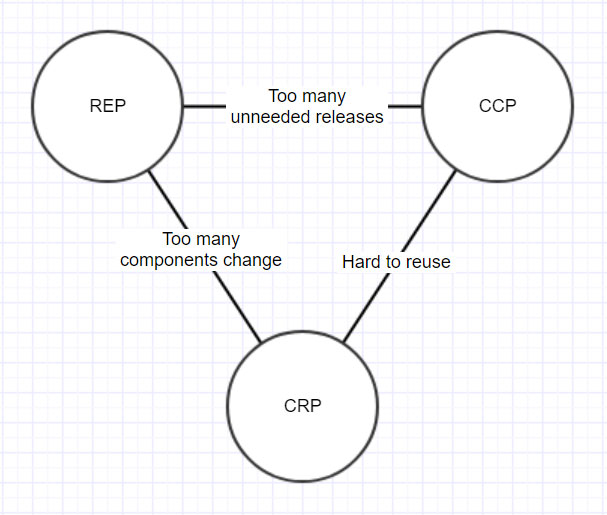

identified three orthogonal components of gait in older adults: pace, rhythm, and variability 12. In older adults 8, 9, 10, Parkinson's disease (PD) 11, and cognitively impaired 12 populations, researchers have begun to address this issue by using principal component analyses to identify domains of gait. Further, identifying distinct gait domains related to falls in MS is challenging, not only because many of the outcomes within and across studies co-vary, but also because falls are complex with multifactorial risk factors including physiological, cognitive, and environmental factors 7. Current approaches used to characterize gait 3, 4, 5, 6 vary widely, with little standardization of outcomes or tested domains.

Therefore, characterizing gait deficits in PwMS may inform interventions aimed at fall-prevention treatments. Findings may help reduce redundancy when reporting gait outcomes and inform interventions targeting specific gait domains.įalls are common in people with multiple sclerosis (PwMS) 1 and are often caused by altered gait and dynamic instability 2. This study identified a six-component, MS-specific gait model, demonstrating that PwMS, particularly fallers, exhibit deficits in pace and asymmetry. Fear of falling, cognitive performance, and functional mobility were associated with a slower gait (p < 0.05). The pace and asymmetry domains were significantly worse (i.e., slower and asymmetrical) in MS-F than MS-NF (p < 0.001 and p = 0.03, respectively). PwMS exhibited a slower pace, larger variability, and increased medial–lateral trunk motion compared to controls (p < 0.05). Six distinct gait domains were identified: pace, rhythm, variability, asymmetry, anterior–posterior dynamic stability, and medial–lateral dynamic stability, explaining 79.15% of gait variance. The PCA-derived gait domains were compared between MS fallers (MS-F) and MS non-fallers (MS-NF) and correlated to cognitive, clinical, and quality-of-life outcomes. 21 gait parameters were entered into a principal component analysis (PCA).

122 people with relapsing–remitting MS and 45 controls performed 3 timed up-and-go trials wearing inertial sensors. This study aimed to develop an MS-specific model of gait and examine differences between fallers and non-fallers. However, redundancy exists when reporting gait outcomes. People with multiple sclerosis (PwMS) demonstrate gait impairments that are related to falls.


 0 kommentar(er)
0 kommentar(er)
